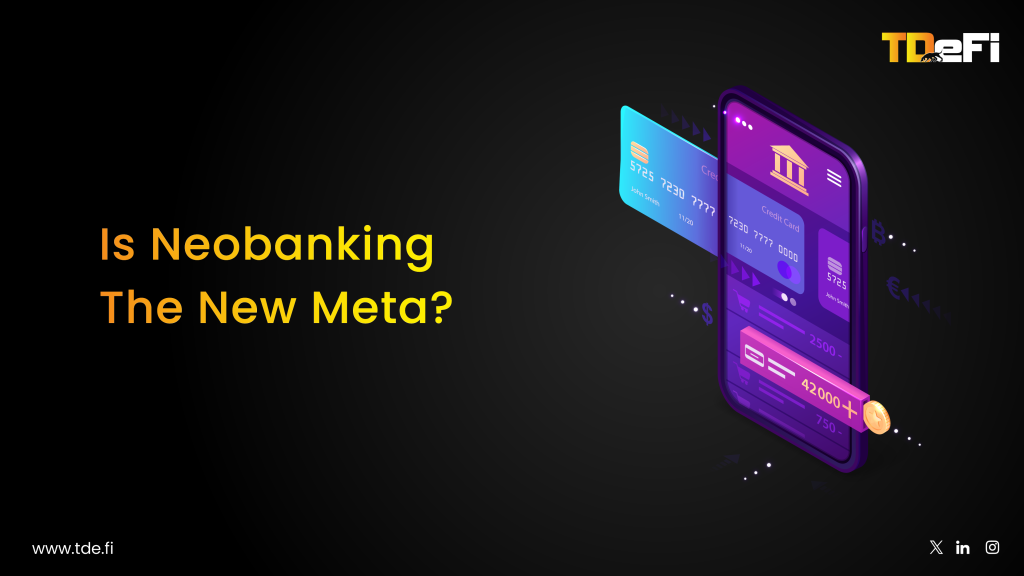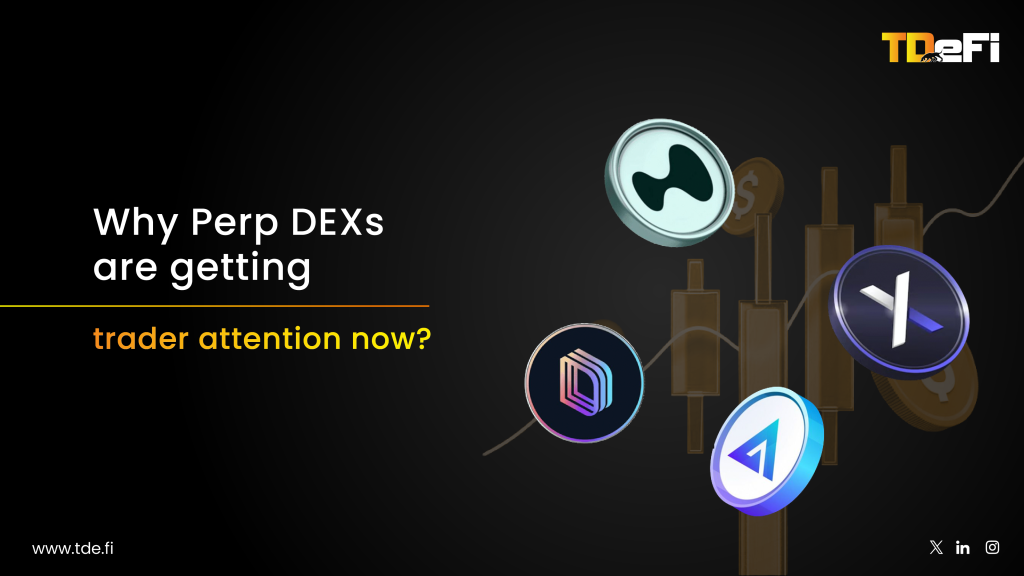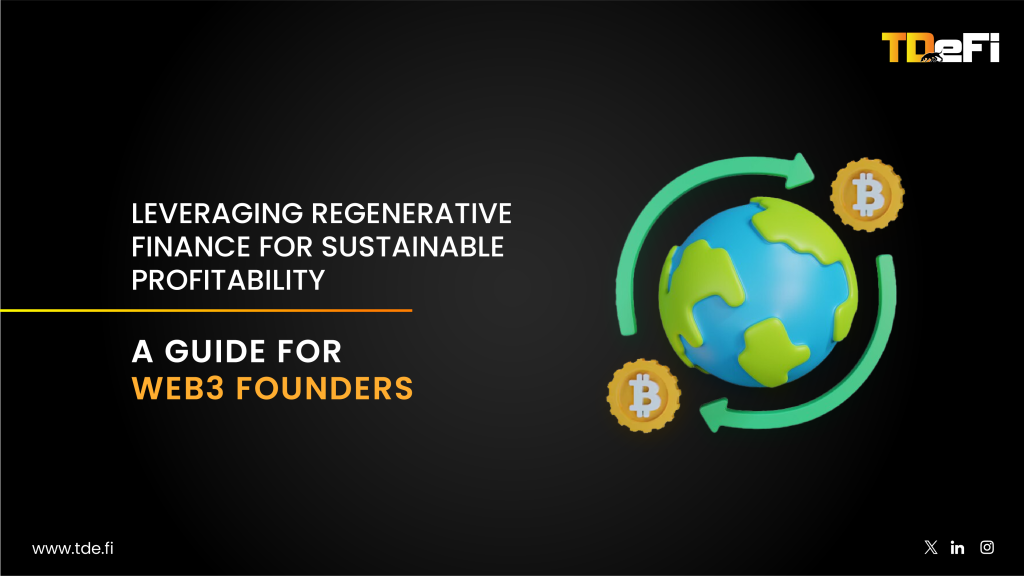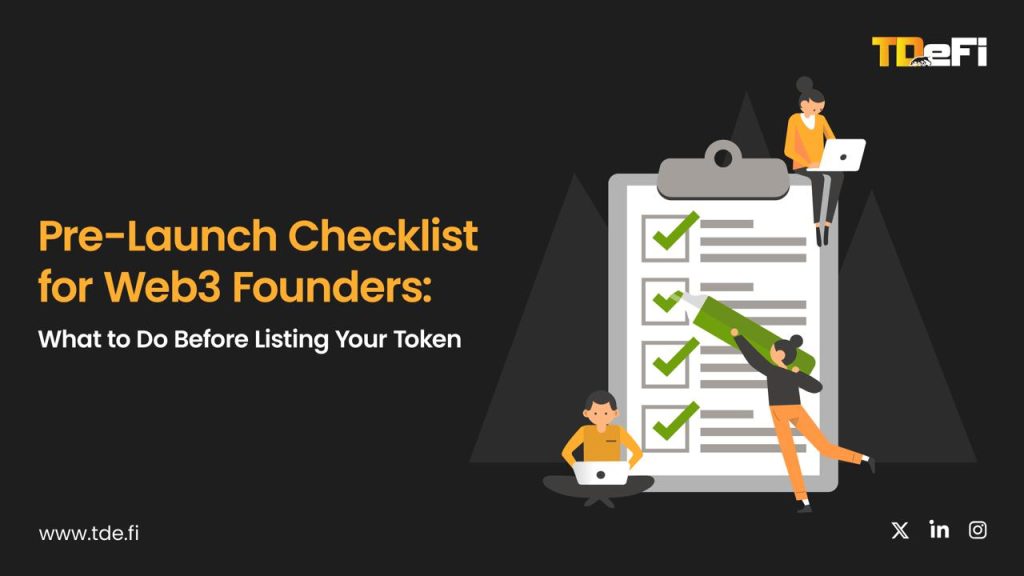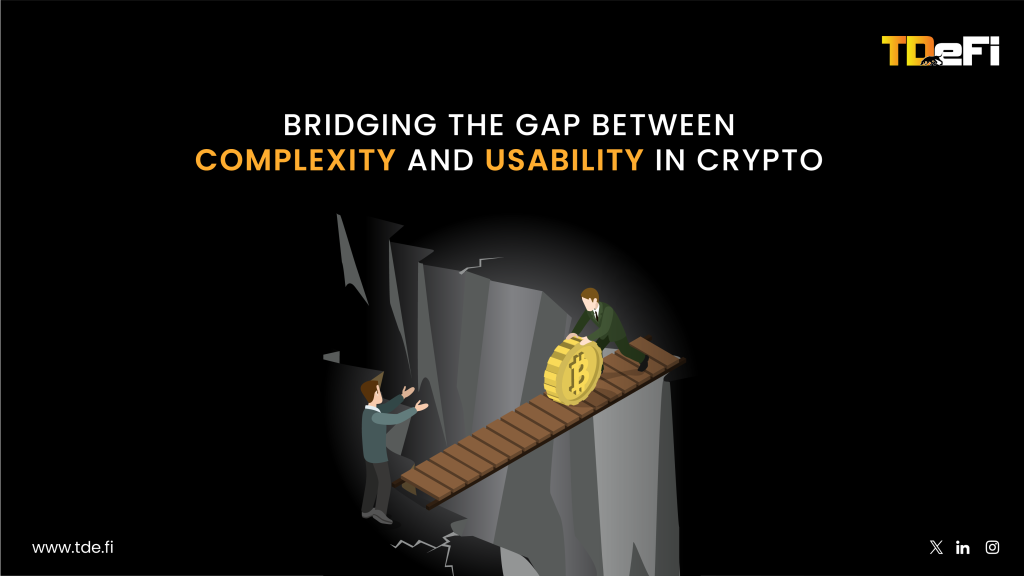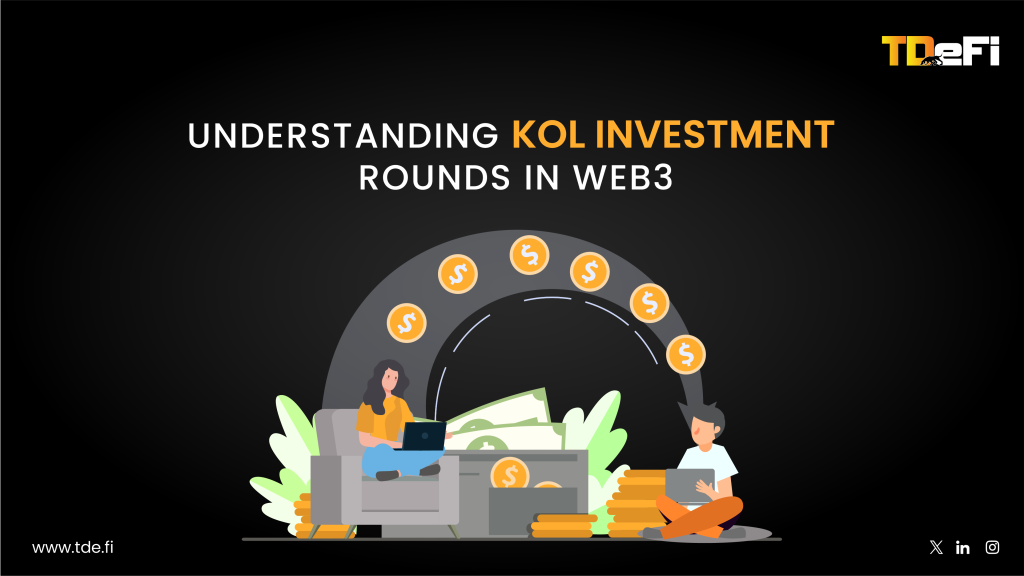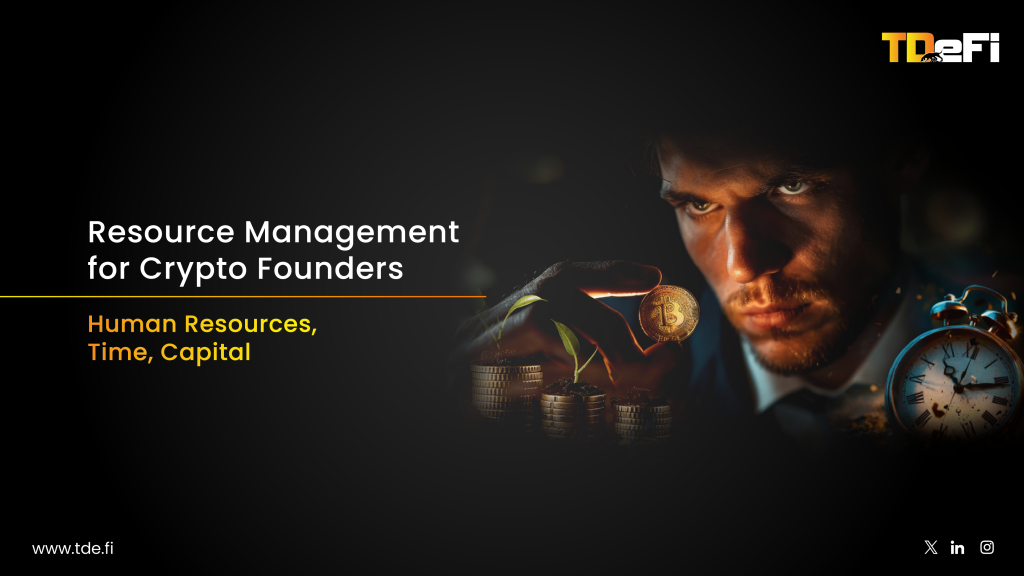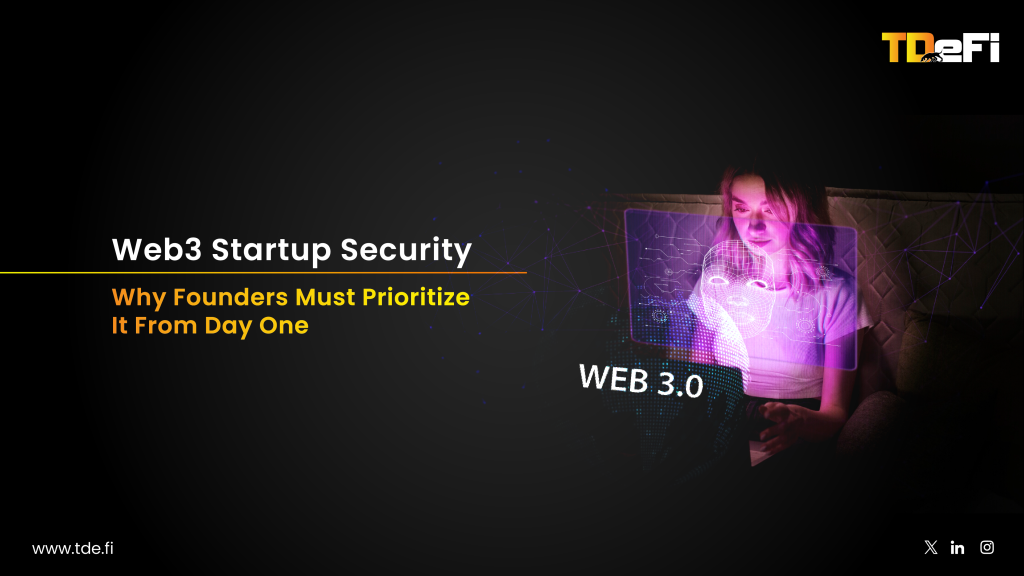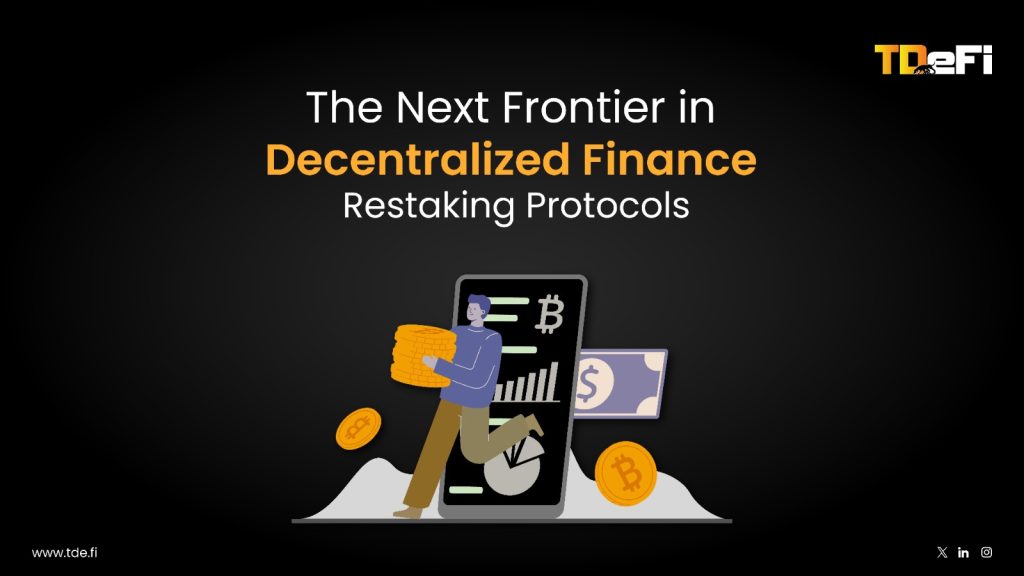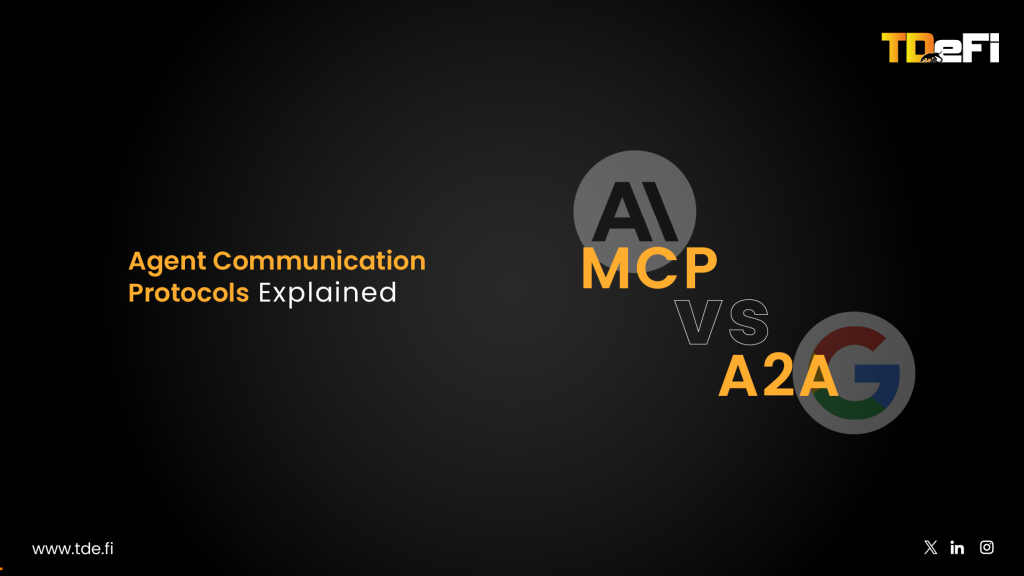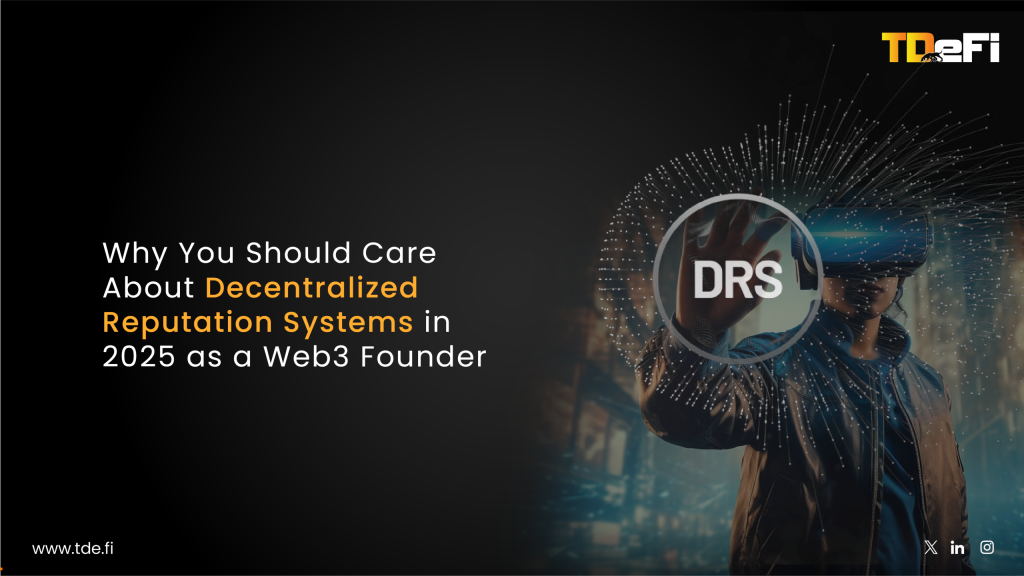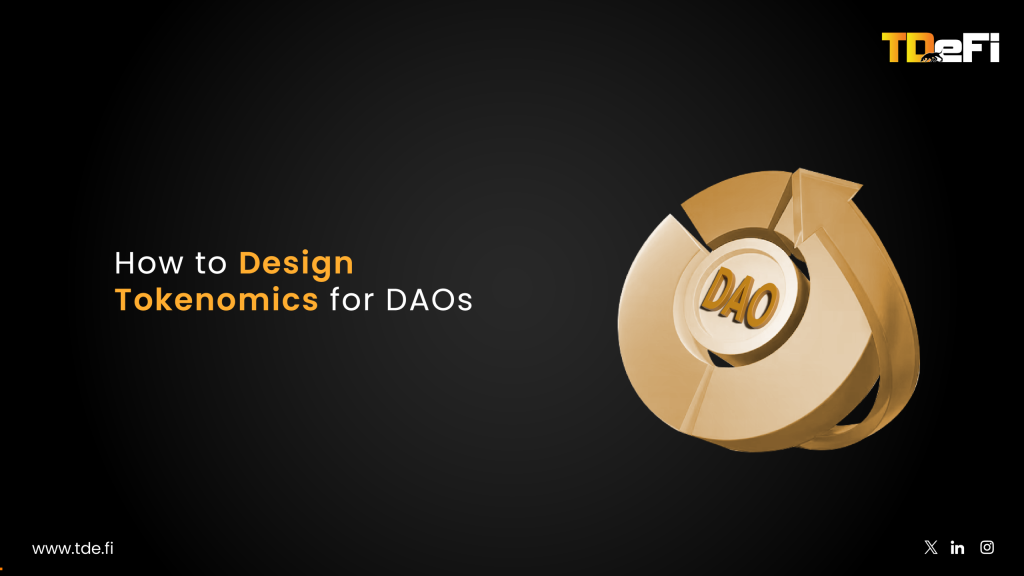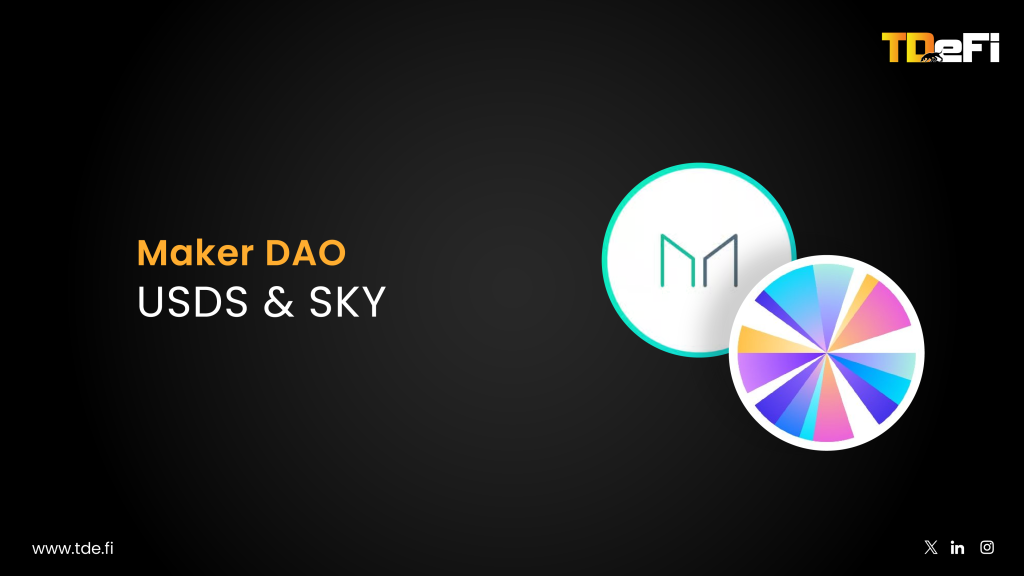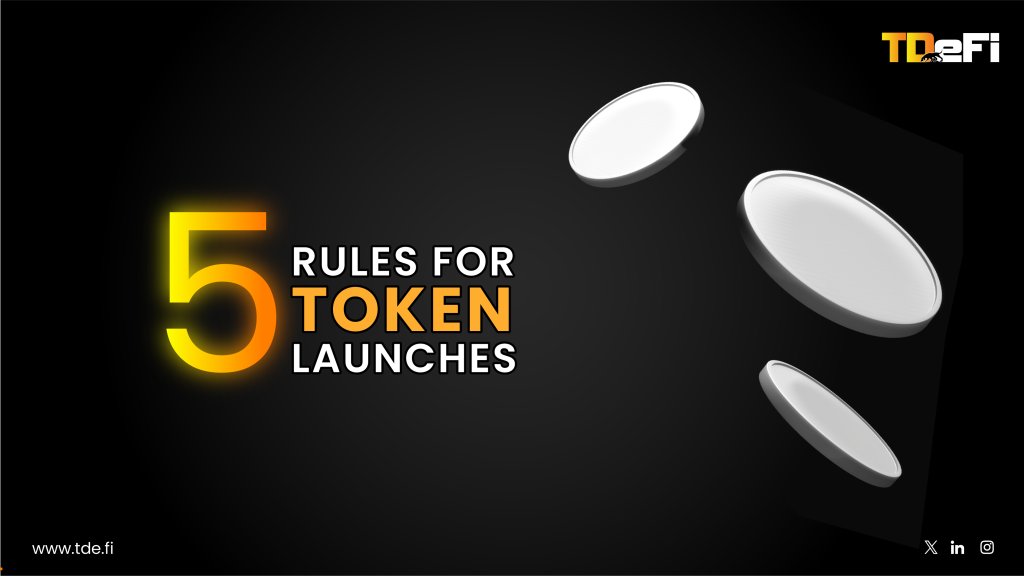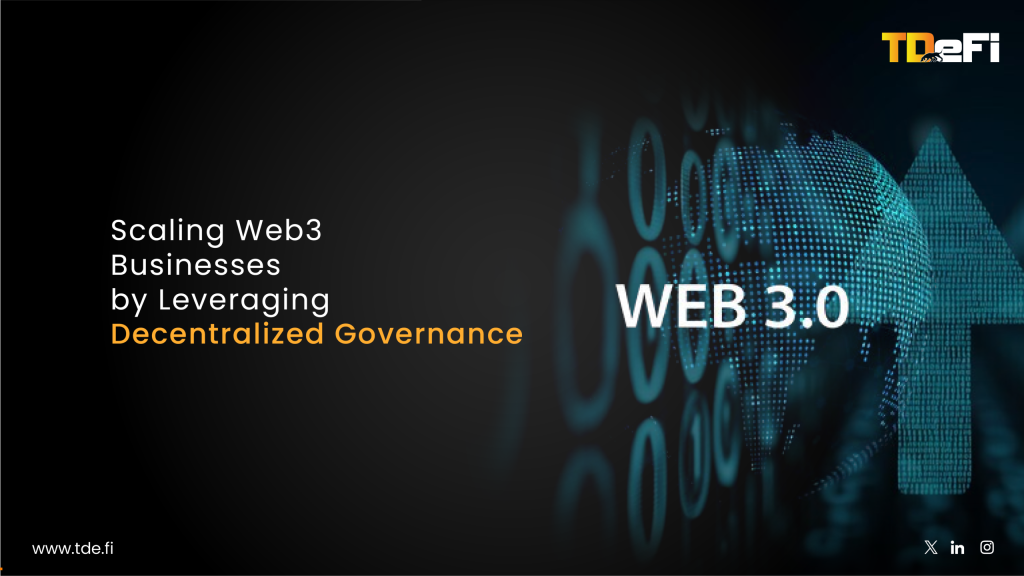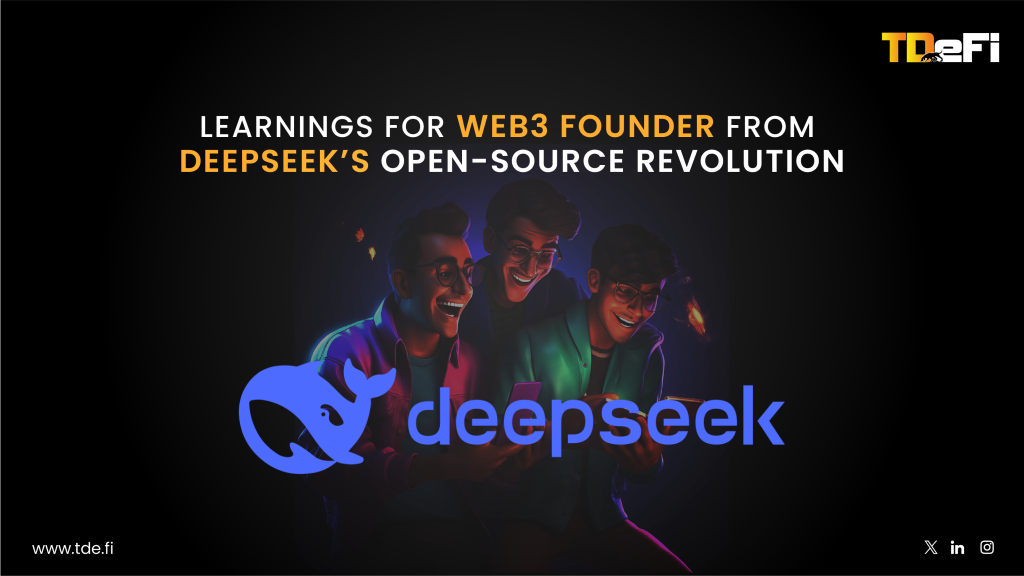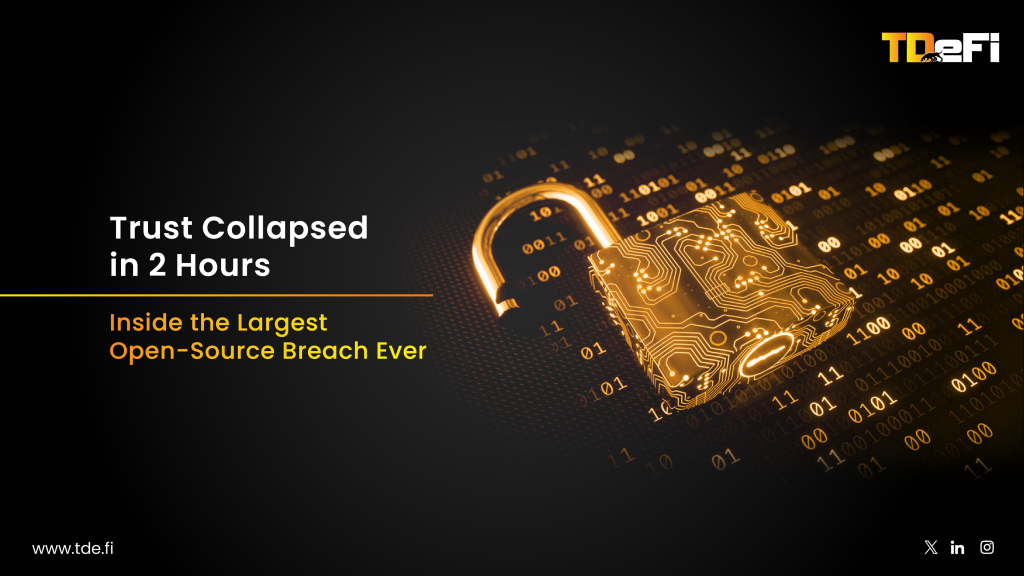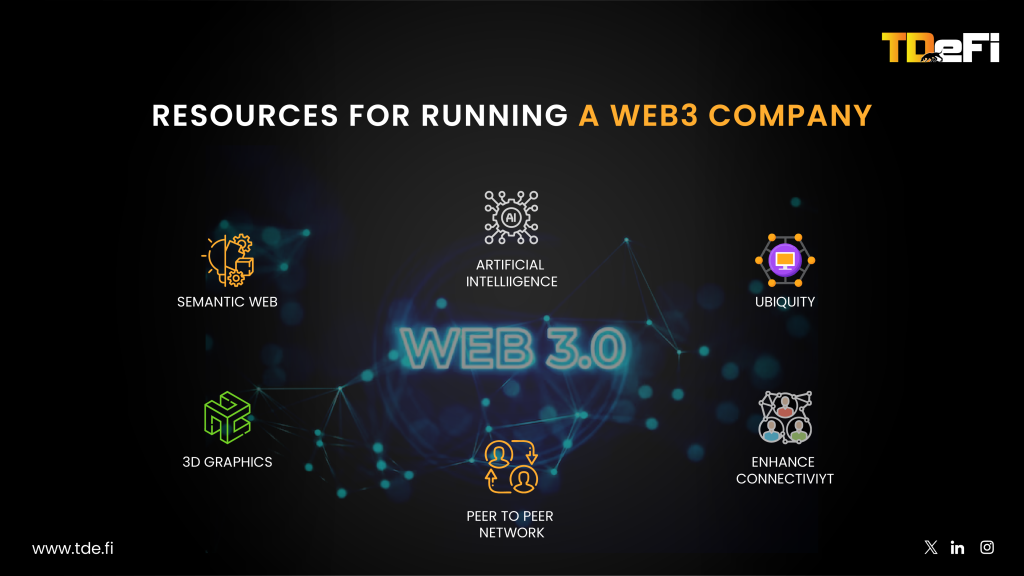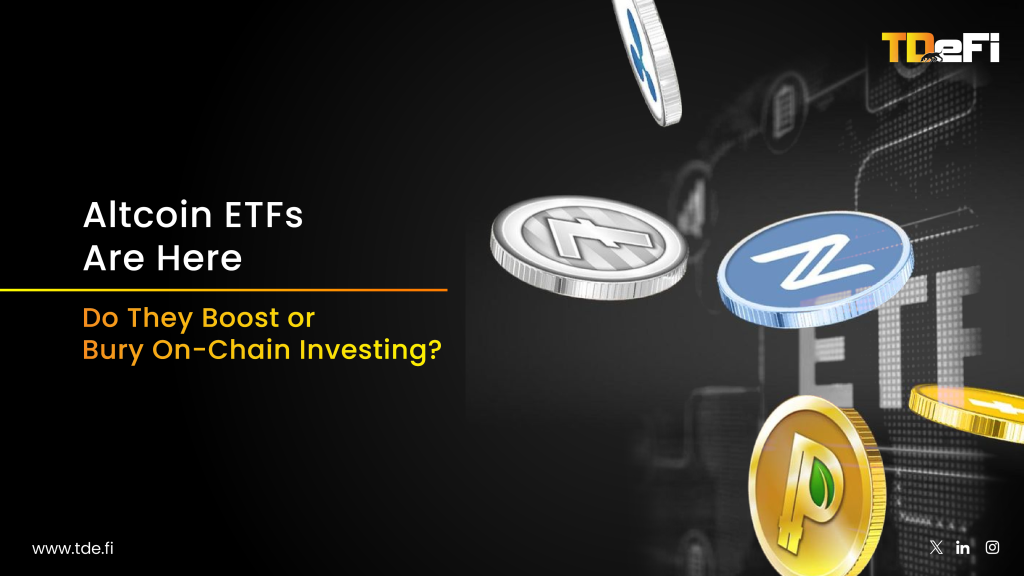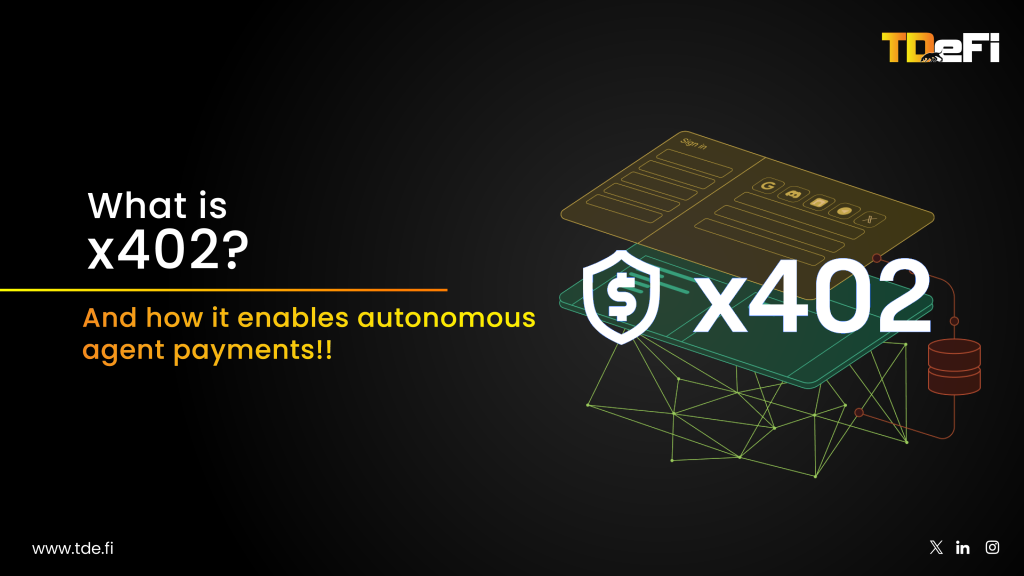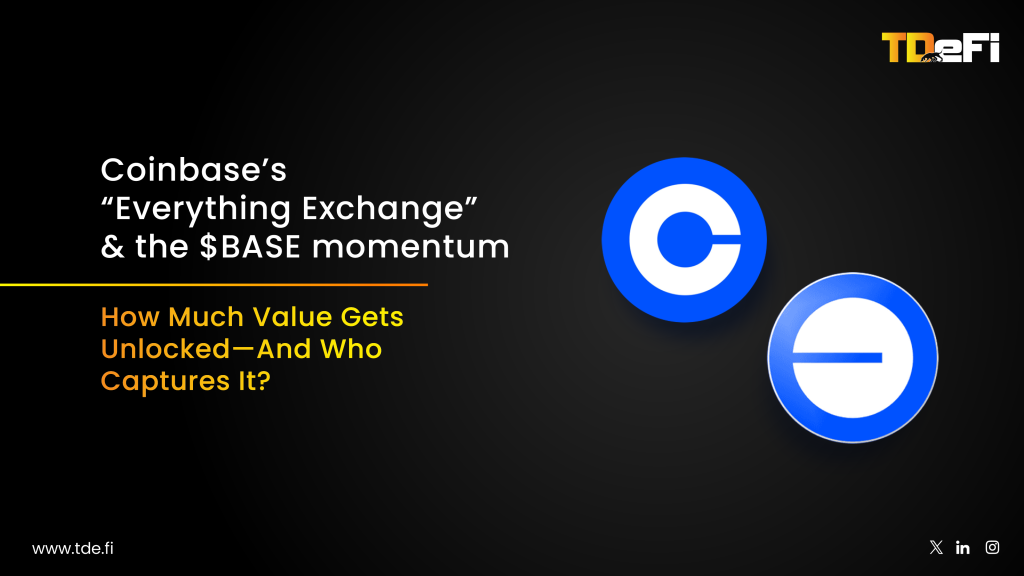The Founder’s Dilemma: When to Leave the Sandbox
You’ve raised your seed round, shipped your MVP, and gathered a small but passionate community on testnet. The contracts work, the governance module runs, your Discord is buzzing. But now the real question looms: When do you take the leap to mainnet?
This moment defines Web3 founders. Move too early, and you risk breaking trust with users, losing capital, or collapsing under regulatory or technical stress. Wait too long, and competitors outpace you, momentum stalls, and investors cool off. Navigating the testnet-to-mainnet transition is not just a technical decision, it’s a strategic one.
Testnets Aren’t Just Dress Rehearsals
Testnets often get dismissed as “practice runs.” In reality, they are a founder’s sharpest instrument for risk mitigation. Testnets allow you to:
Stress-test smart contracts in real-world conditions without risking capital.
Simulate governance, running mock DAO votes and incentive mechanisms before actual capital is on the line.
Onboard your community, familiarizing users with the UX, testing documentation, and gathering feedback loops.
Experiment with economics, deploying tokenomics simulations, liquidity bootstrapping, and staking models.
Case studies highlight their value. Ethereum’s Goerli and Sepolia testnets became the launchpads for major upgrades like The Merge. Solana’s devnet helped iron out validator coordination issues before scaling. DAOs often run testnet-based governance drills before token launches.
Crossing Over: What Changes the Minute You Hit Mainnet
The shift from testnet to mainnet is not incremental, it’s existential. Suddenly: Bugs are no longer mistakes; they are losses. Exploits drain real liquidity. Audits go from optional to survival-grade. Post-launch patches don’t restore reputational capital. Every transaction has a cost. Gas fees on mainnet constrain experimentation.You’re in the arena. Competitors fork your contracts, regulators take notice, and investors expect traction.
For founders, this transition is also about capital optics. A working testnet proves the possibility. A secure, liquid, and live mainnet proves credibility. Investors weigh the two very differently.
Hidden Costs and Invisible Risks
Founders often underestimate the hidden layers that shift dramatically when going live:
Gas Economics: Testnets provide “free” tokens, but mainnet gas fees alter UX, adoption rates, and transaction design.
Validator Coordination: Network stability depends on validator uptime and incentives; testnet doesn’t replicate these stress points fully.
Liquidity Dynamics: A testnet pool may thrive, but real capital creates new behaviors, whales, bots, arbitrageurs.
Compliance Signals: Regulators don’t care about your testnet, but mainnet activity puts you under the microscope.
From Testnet Traction to Mainnet Conviction
Founders often ask: Does traction on testnet actually matter to investors? The answer: yes, but selectively.
- Metrics that count: Active wallets, governance participation, feature adoption, and bug bounty engagement.
- Metrics that mislead: Vanity stats like faucet-driven transactions or inflated testnet TVL.
- What VCs really want: Proof that you can coordinate real communities, not just simulate usage.
History shows the pattern: Bitcoin testnet activity barely registered until the mainnet proved value. Ethereum’s testnets demonstrated functionality, but conviction came only after DeFi summer exploded on mainnet. In today’s environment, investors look for projects that can translate testnet excitement into sticky mainnet users.
Founder Playbook: Navigating the Jump
So, how do you know when you’re ready? A practical playbook for founders:
1. Run Multiple Testnet Cycles– Don’t treat it as a one-off. Iterate across at least 2–3 cycles to stress-test different assumptions.
2. Commission Layered Audits– Use multiple firms; supplement with bug bounties and community audits.
3. Phase Your Mainnet Launch– Consider a limited beta mainnet with capped liquidity before opening fully.
4. Align Capital With Launch Windows– Time raises and token launches with your go-live, not months after.
5. Keep Optionality Alive– Build pathways to roll back, upgrade, or hotfix without catastrophic failure.
This isn’t just about shipping code. It’s about managing risk, capital, and community perception simultaneously.
Mainnet Is Day One, Not the Finish Line
For Web3 founders, the testnet-to-mainnet jump is the first real inflection point. Testnet validates your thesis; mainnet validates your execution. The market won’t wait for you to be perfect, but it will punish carelessness. The smartest founders treat mainnet not as the end of the journey, but as the start of proving endurance.
In this environment, where capital is scarce, users are skeptical, and regulators are watching, launching right matters more than launching fast.
Because in Web3, the moment you go mainnet, you’re no longer just building. You’re accountable.
If you need assistance with creating a launch strategy for your mainnet, do contact us at [email protected].




